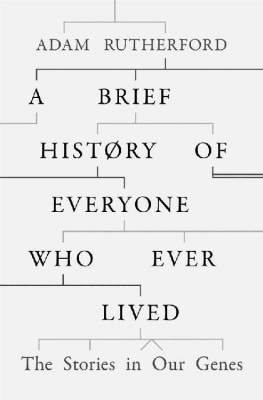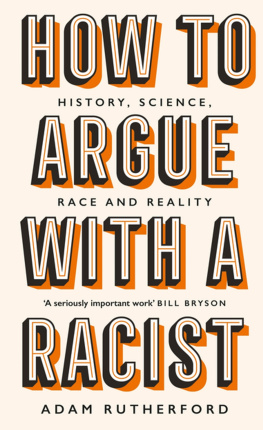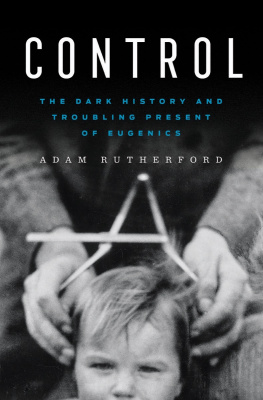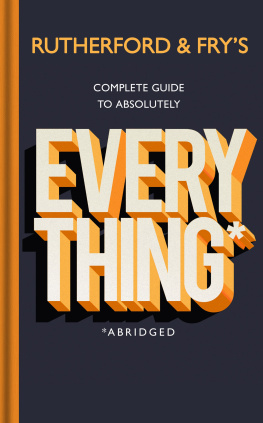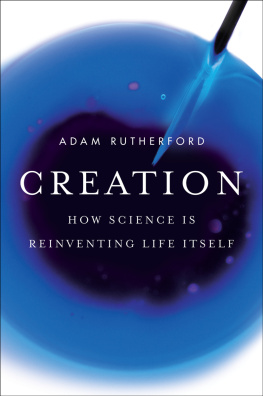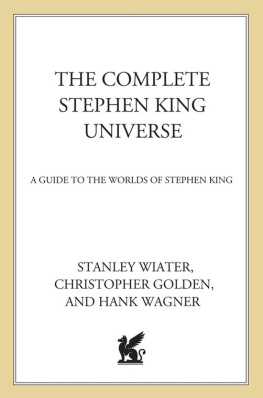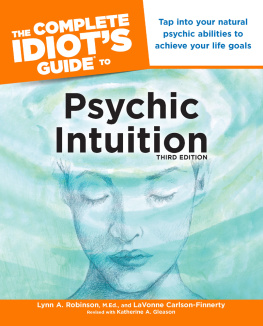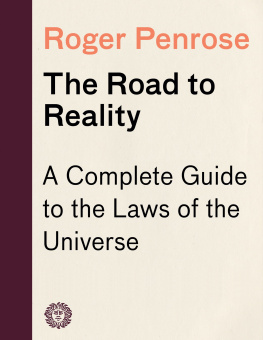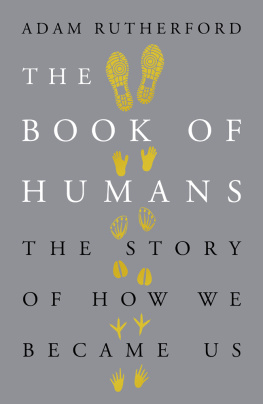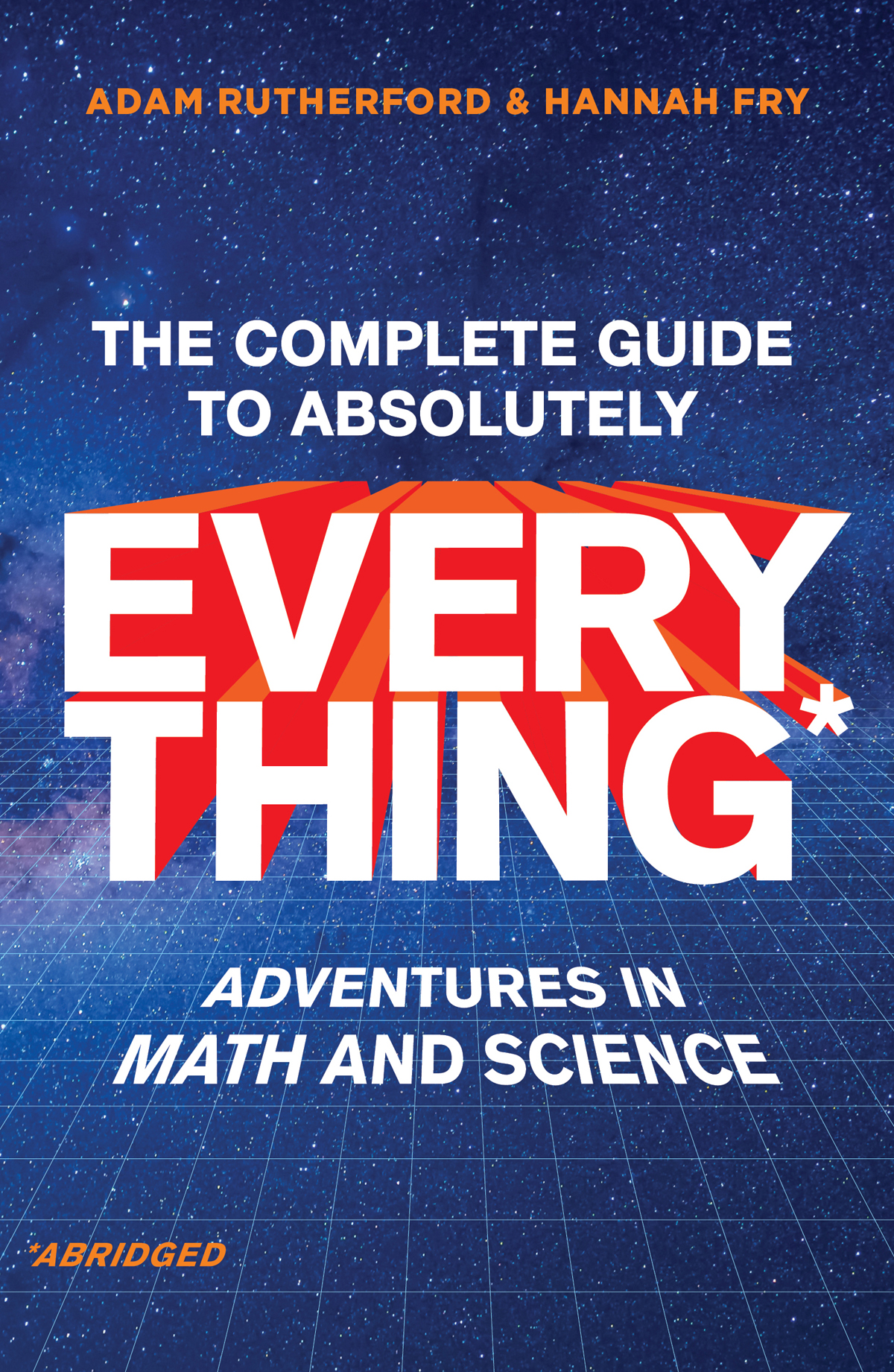Contents
Guide
Page List
THE COMPLETE GUIDE
TO ABSOLUTELY
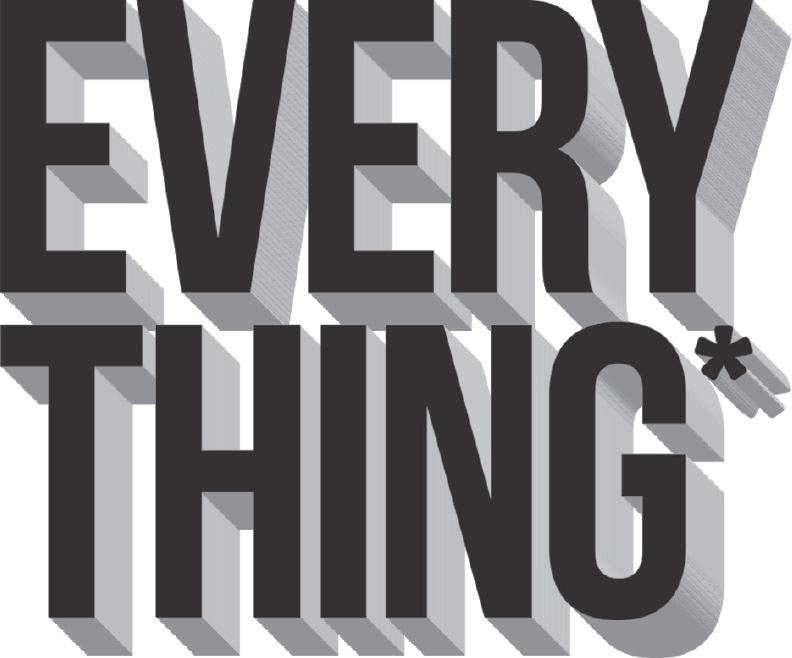
*ABRIDGED
Adventures in Math and Science
ADAM RUTHERFORD &
HANNAH FRY
Illustrations by Alice Roberts

To the NHS, who saved both our lives during the writing of this book
CONTENTS
Close your eyes.
Admittedly, reading generally requires your eyes to be open. If you are holding a printed copy of this book, in a few seconds you will certainly need them open, because you cant read the rest of what were about to say with them shut, obviously.
But for now, close your eyes.
During that brief moment of darkness, not much changed. The words stayed on the page; the book, thankfully, was still in your hands. When you opened your eyes, indeed when you opened them this morning after some restful sleep, the light flooded in, and you recognized everything as pretty much the same as when youd closed them. Reality persists whether you are paying attention to it or not. All of this might seem very obvious. Silly, even. But this is a fact that, once upon a time, you had to learn.
Next time youre playing with a baby, try taking a toy and hiding it under a blanket in front of them. If theyre less than about six months old, they wont pull the blanket away to get the toy back, no matter how much they were enjoying playing with it beforehand. Thats not because they lack the skill to grab and move the clothits because, unlike you, they simply dont realize the toy still exists. To their tiny mind, it simply poofed out of existence the moment it vanished. This is why babies find the game of peekaboo such fun. Its why peekaboo is played by every culture, by all humans all around the world. When you place your hands in front of your face, a very young and immature mind assumes that you have literally disappeared, and possibly ceased to exist. The joy in discovering that your existence hasnt been erased from the universe shines out in the babys giggles when you take your hands away.
Peekaboo exemplifies quite how badly equipped humans are for comprehending the universe, and everything in it. Were not born with an innate understanding of the world around us. We have to learn that stuffincluding peopledoesnt just vanish when we are not looking at it. In babies, its an important milestone in development known as object permanence something that many other animals never quite manage to grasp. A crocodile can be subdued by covering its eyes. Some birds can be calmed by placing a cover over their cage. Its not just that they find the darkness soothingthey dont realize the pesky human bothering them is still there, on the other side of the cloth.
Why should their brains care about object permanence? The primary motivation of almost every organism that has ever existed has been not to dieat least, not until it has had a chance to reproduce. Most life on Earth is altogether unconcerned with the question of why things are the way they are. Dung beetles navigate at night using the Milky Way as their guide, with limited interest in the structures of galaxies, or the fact that almost all of the mass of the universe is (so far) unaccounted for. The tiny mites that live in your eyebrows are oblivious to the concept of symbiotic commensalism whereby they innocuously feed off us. Until now, you were probably entirely unaware of them too, but they are definitely there. A peahen has no interest in processing the complex equations that explain why she finds that ridiculous tail on a peacock so irresistibly sexy; she just kinda likes it.
Only one animal has ever asked these questionsus. At some time in the past hundred thousand years or thereabouts, some mostly bald apes started to get curious about pretty much everything. The brains of these apes had been growing bigger over the previous million years or so, and they began doing things that no other animal before them had done. They started drawing, and painting, and making music, and playing peekaboo.
Its important to not get too mushy about this. Prehistoric life was still pretty wretched compared to today, and survival was still everyones primary concern. But our ancestors had taken a step away from the rest of nature by considering not just the immediate concerns of survival, but the whole universe, and their place in it. However, we are still apesand much of our brains and bodies is still fundamentally concerned with just living and reproducing. Physically, and genetically, we havent changed much in the last quarter of a million years. Take a woman or man from Africa 300,000 years ago, transport them forward in time, tidy them up, give them a haircut and stick them in a nice dress or sports casual, and you wouldnt be able to pick them out of a crowd today. Much of our biological hardware is largely unchanged from a time when none of these highfalutin ideas about how the universe works were of much concern to anyone.
What all this means is that our senses routinely let us down. We jump at quick, unexpected movements, despite no longer having to worry about predators trying to eat us every day. We crave sweet, salty and fatty foodsa perfectly sensible hunter-gatherer strategy, helping us prioritize high-calorie inputs when food was scarce, but much less useful when theres the option of ice cream after every cheeseburger.
These evolutionary hangovers go beyond our instincts; they affect our intuition too. If youd asked our uneducated ancestors about the shape of the Earth, they might well have told you it was flat. It makes sense that its flat. It looks pretty flatand surely, if it wasnt flat wed fall off. But its not even remotely flat. In , well intimately explore our lumpy rock and determine that not only is it not flat, but its not even a sphere: owing to its rotation, the Earth is an oblate spheroidessentially, a slightly deflated ball that is a bit flat at the poles and a bit fat around the middle.
From our perspective, the Sun looks very much like it revolves around the Earth: every day for the past 4.54 billion years, it has come up in the morning over here, scooted across the sky and gone down over there. But in reality, the Earth orbits the Sunand it doesnt do that in a perfect circle, either. As far as we are concerned, the Sun is static in space while we whiz round it. But in reality the Sun and our whole solar system are charging round a point at the center of the Milky Way at a bracing 514,000 miles per hour, completing a full orbit once every galactic year (thats 250 million Earth years). None of us have the slightest experience of that while were sitting reading in a deckchair.
Curiosity might have marked humans as different from other creatures, but curiosity alone is not enough. When humans ask curious questions about the mysteries of reality, we dont necessarily come up with the right answers instantaneously; theres no end to the myths that we concocted to explain the inexplicable nature of nature. Vikings decided that the deafening sound of thunder was Thor charging across the sky in his goat-powered chariot, and his fearsome hammer Mjlnir was the source of lightning. The Gunai, indigenous to Australia, thought that the Southern Lights, what we call the Aurora Australis, were bush fires in the spirit world.


